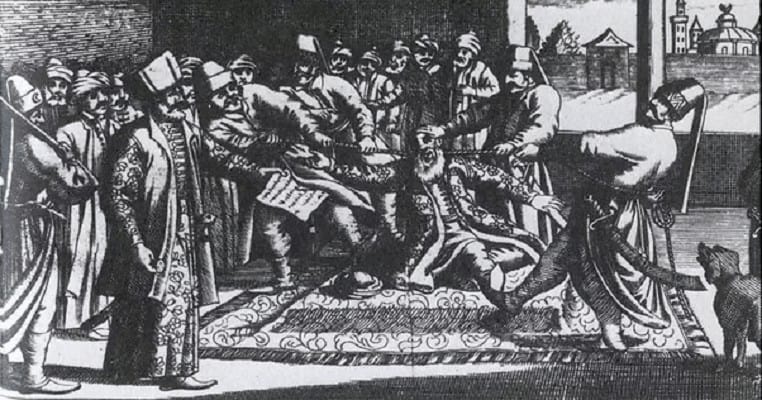We can easily choose our friends, but choosing our relatives is a different matter. That is sometimes unfortunate, seeing as how some relatives are mad, bad, and dangerous to know – particularly as it pertains to their kin. That is especially so when those iffy relations are royals or otherwise powerful figures. The nastiness of such relatives is not limited to ruining Christmas and Thanksgiving, or to engaging in bouts of passive-aggressive snark: when they act up, they can prove quite deadly. As in kill their kin quickly if they’re feeling kindly, or torture them to death if they are in a particularly foul mood. So without further ado, let us take a look at forty fascinating things about history’s deadliest relatives.
40. Constantine the Great Killed His Son

Constantine the Great had many admirers in his era, particularly Christians grateful to him for taking Christianity out of the catacombs and into the palace. He also gave the Roman Empire a new lease on life, relocated the capital from Rome to the newly built Constantinople, and laid the foundations for an Eastern Roman Empire whose remnants survived into the fifteenth century. However, his admirers seldom mentioned his shortcomings, such as the mercurial temper that led him to kill his eldest son, Crispus (circa 299 – 326) – the kind of dutiful and capable son who would have made any father proud.

While still in his teens, Constantine appointed Crispus commander in Gaul, and he delivered, winning victories in 318, 320, and 323, that secured the province and the Germanic frontier. In a civil war against a challenger, Licinius, Crispus commanded Constantine’s navy and led it to a decisive victory over a far larger fleet. He also played a key role in a subsequent battle that secured his father’s triumph over Licinius. Then in 326, his life came to a sudden end when his stepmother, eager to remove an obstacle to her own sons’ succession to the throne, falsely accused Crispus of having tried to rape her. An enraged Constantine had Crispus tried and convicted before a local court, then ordered him executed by hanging.

